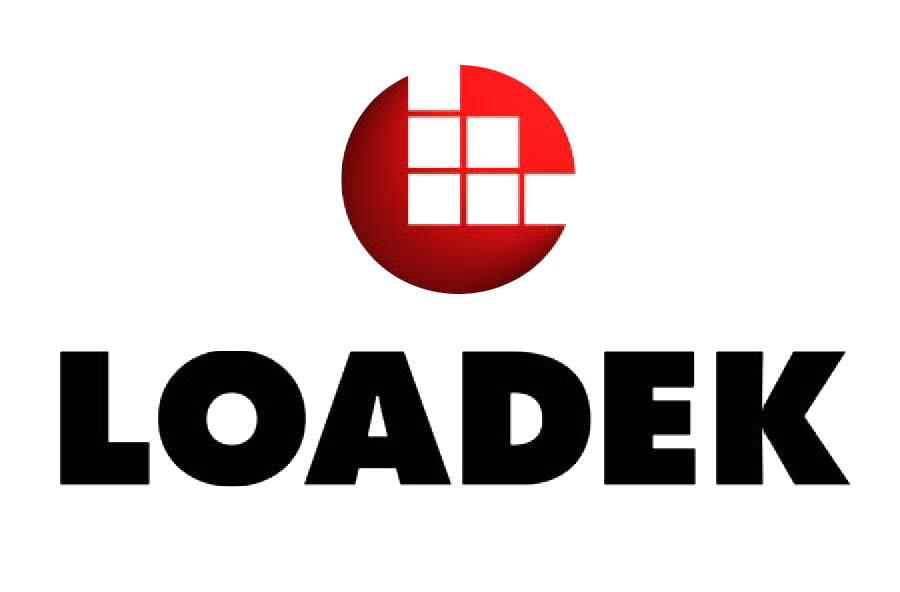

Loadek Pallets vs. Wooden Pallets
A head-to-head comparison of the corrugated Loadek Pallet and a wooden pallet illustrates the obvious benefits of the corrugated product for both the manufacturer and the end-user.
|
Issue
|
LOADEK
Pallet
|
Wooden
Pallet
|
| Environmental | Made of up to 70% recycled corrugated. Decomposes easily. | Can be rebuilt or recycled, but often dumped into landfills where it takes decades to decompose. |
| Source Materials |
70% recycled
corrugated |
70% hardwood
lumber |
| Infestation | Not a known host to wood-boring parasites | Known to host Asian Longhorned Beetle, Asian Cerambycid Beetle, Pine Wood Nematode, Pine Wilt Nematode, Anoplophora Glabripennis and others. |
| Weight | 7-12 lbs. each | Average 40 lbs. for standard 40" x 48" pallet and can weigh as much as 70 lbs. each. |
| Disposal | End-users will receive $75 a ton or about 25 cents per corrugated pallet from recyclers. | End-users must pay $75 a ton to dump pallets in landfills, equal to $1.50 per 40 lb. pallet. |
| Safety | Light weight makes it safer for workers, lack of nails and splinters make it safe for consumers. | US companies pay millions a year to settle litigation claims related to wood pallets. |
| Compression | Able to absorb the weight of loads, helping to prevent damage to goods. | Wood doesn't compress, which can damage certain kinds of product loads such as produce. |
| Market Acceptance | Meets all OSHA and international shipping regulations. Accepted by countries and companies that prohibit wooden pallets. Considered sterile and accepted inside food processing plants. | Prohibited by certain companies and countries for safety and sanitary reasons. Subject to import and export regulations. Not considered sterile and therefore not allowed in food processing plants. |
![]()